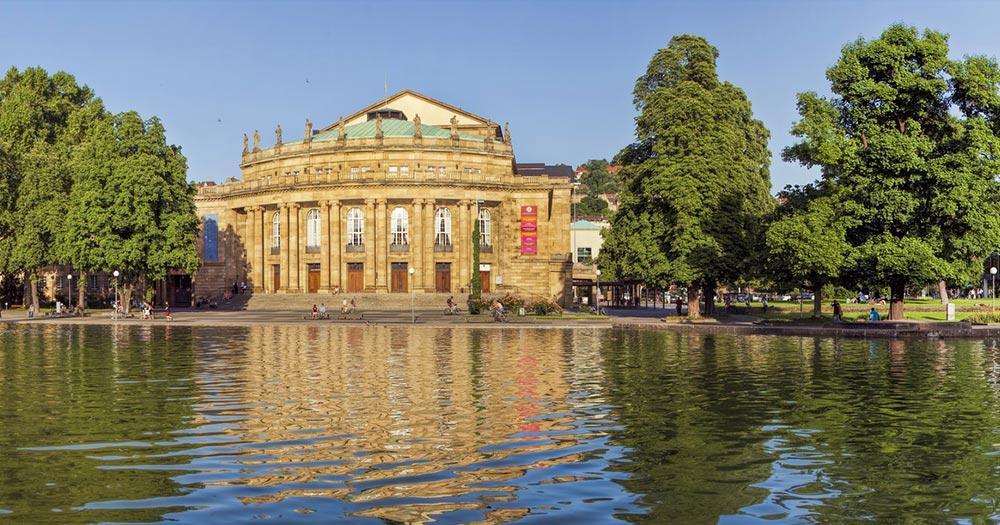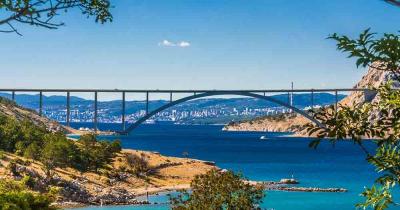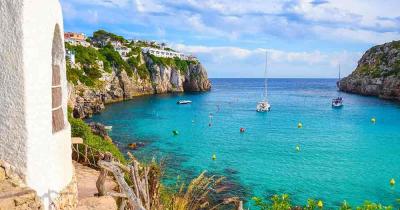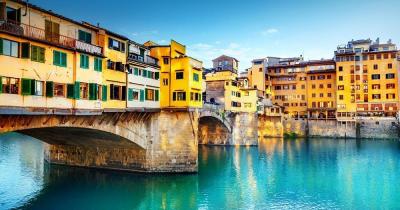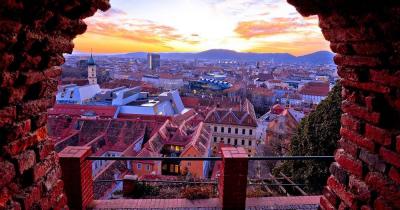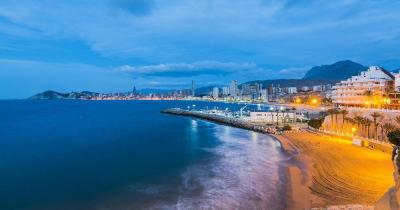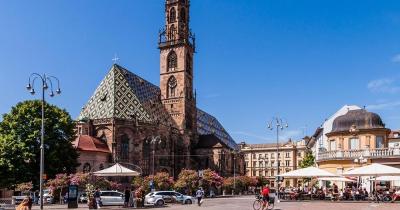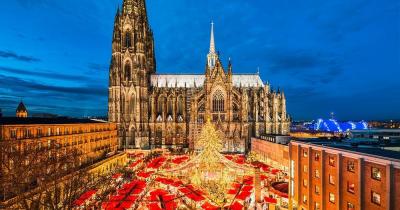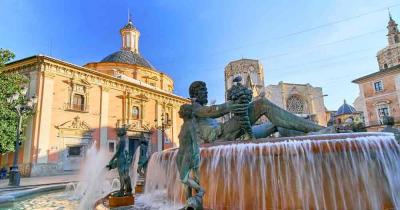Stuttgart
State capital of Baden-Wuerttemberg
Categories: Stuttgart Baden-Württemberg Germany
Lovable metropolis of Baden-Württemberg - Stuttgart
The state capital of Baden-Württemberg, Stuttgart (625,000 inhabitants), covers an area of about 205 square kilometres on both sides of the Neckar River in Württembergisch-Schwaben. Most of Stuttgart's 23 city districts are located on the left bank of the Neckar, as are the five districts of the Inner City or Stammheim.
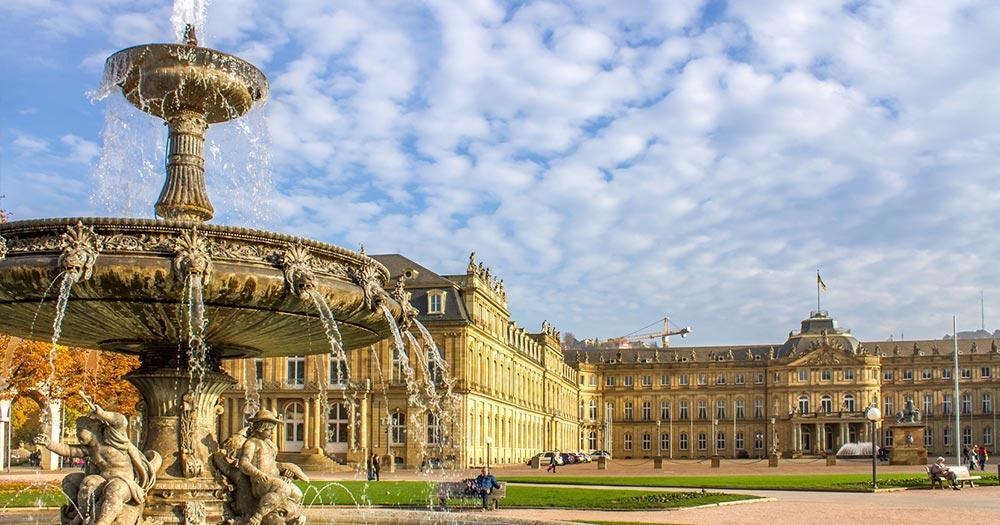 © pure-life-pictures / Fotolia
© pure-life-pictures / Fotolia
On the right bank of the river are Untertürkheim and the greater part of Bad Cannstatt, among other places. The big city extends in the extremely charming landscape of the Stuttgart basin. This landscape is dominated by the Neckar valley, numerous hills, extensive woodlands and wine-growing areas that extend into the city.
As the state metropolis, Stuttgart is the political and administrative centre and the most important research and education location in the Ländle. Economically, Stuttgart and its neighbouring municipalities form one of the most successful and prosperous metropolitan regions in Europe.
Stuttgart's attractiveness is further enhanced by the city's extremely mild climate compared to the rest of Germany. With almost 1700 hours of sunshine per year, Stuttgart is one of the sunniest cities in Germany. The charming cityscape can be experienced particularly well on tours on the routes of the Stuttgart wine hiking trails.
A visit to the Stuttgart wine museum in the idyllic district of Uhlbach on the eastern outskirts of the city is highly recommended. Here you can immerse yourself in the city's thousand-year-old wine history, which is today characterised by red grape varieties such as Trollinger or Pinot Noir. But also directly in the bustling inner city, locals and guests can take advantage of many opportunities for relaxation.
The chain of half a dozen parks known as the "Grüne U" (Green U), which stretches for kilometres, offers an excellent mix of natural gardens and highly interesting cultural traditions. In the palace garden, for example, two palaces link the history and present of Stuttgart and Württemberg. The mighty New Palace, which forms the representative centre of Stuttgart and was once the residence of the Württemberg rulers, is now the official residence of the Baden-Württemberg Finance Minister. In the immediate vicinity, the renowned Landesmuseum Württemberg in the Old Palace provides information on the history of the state.
Another special architectural feature of Stuttgart is the television tower built of reinforced concrete in Stuttgart-Degerloch between 1954 and 1956. This building, which belongs to the Süddeutscher Rundfunk (SDR), is 216 metres high and is the first tower building of its kind.
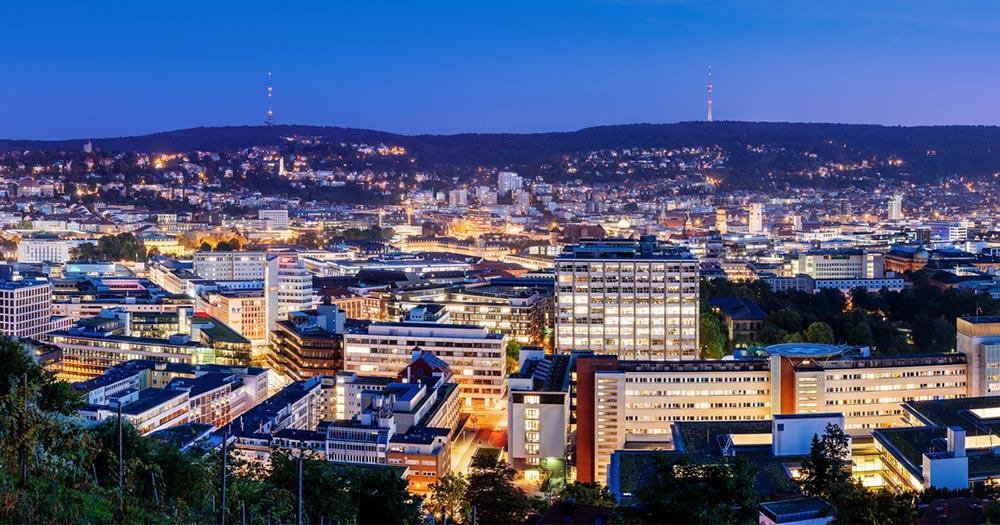 © M. Schönfeld / Fotolia
© M. Schönfeld / Fotolia
Above all, however, Stuttgart's television tower is the city's landmark and one of the most popular excursion destinations in southern Germany. Every year, hundreds of thousands of people visit the viewing platform, which can be walked on at a height of 150 metres, and are amazed at the long-distance views as far as the Black Forest and the Swabian Alb. A day in the zoological-botanical garden Wilhelma (one million visitors per year), which is located near Rosenstein Castle in Bad Cannstatt, is always popular with the people of Stuttgart and non-Stuttgart.
